One of the countries and regions, where studies on older coins and money in general is still in its early stages, is Myanmar. A country bordering China's Southern province Yunnan.
In the past 2 centuries, British officers wrote some articles on this. But it was only in 1980 when M. Robinson and L.A.Shaw published their book The coins and banknotes of Burma, an extensive overview became available. In 1986 a second book of M. Robinson was published The Lead and Tin coins of Pegu and Tenasserim. More than 20 years later at last, in 2007 to be precise, a first book by a Burmese was published under the title Auspicious symbols and ancient coins of Myanmar. This book from Than Htun (Dedaye) is still the reference work that covers the entire numismatic history, with extensive information on symbols and animals appearing on the coins. A must have. And finally, in 2012, Dietrich Mahlo published a great book covering the coins from the first millennium under the title The early coins of Myanmar (Burma).
Four books on the numismatic history of a country with so many fascinating historical stories to tell, beautiful ancient sites like Bagan, Mrauk U, .... A paradise for collectors. Recent archaeological research tends to confirm this.
In the past 2 centuries, British officers wrote some articles on this. But it was only in 1980 when M. Robinson and L.A.Shaw published their book The coins and banknotes of Burma, an extensive overview became available. In 1986 a second book of M. Robinson was published The Lead and Tin coins of Pegu and Tenasserim. More than 20 years later at last, in 2007 to be precise, a first book by a Burmese was published under the title Auspicious symbols and ancient coins of Myanmar. This book from Than Htun (Dedaye) is still the reference work that covers the entire numismatic history, with extensive information on symbols and animals appearing on the coins. A must have. And finally, in 2012, Dietrich Mahlo published a great book covering the coins from the first millennium under the title The early coins of Myanmar (Burma).
Four books on the numismatic history of a country with so many fascinating historical stories to tell, beautiful ancient sites like Bagan, Mrauk U, .... A paradise for collectors. Recent archaeological research tends to confirm this.
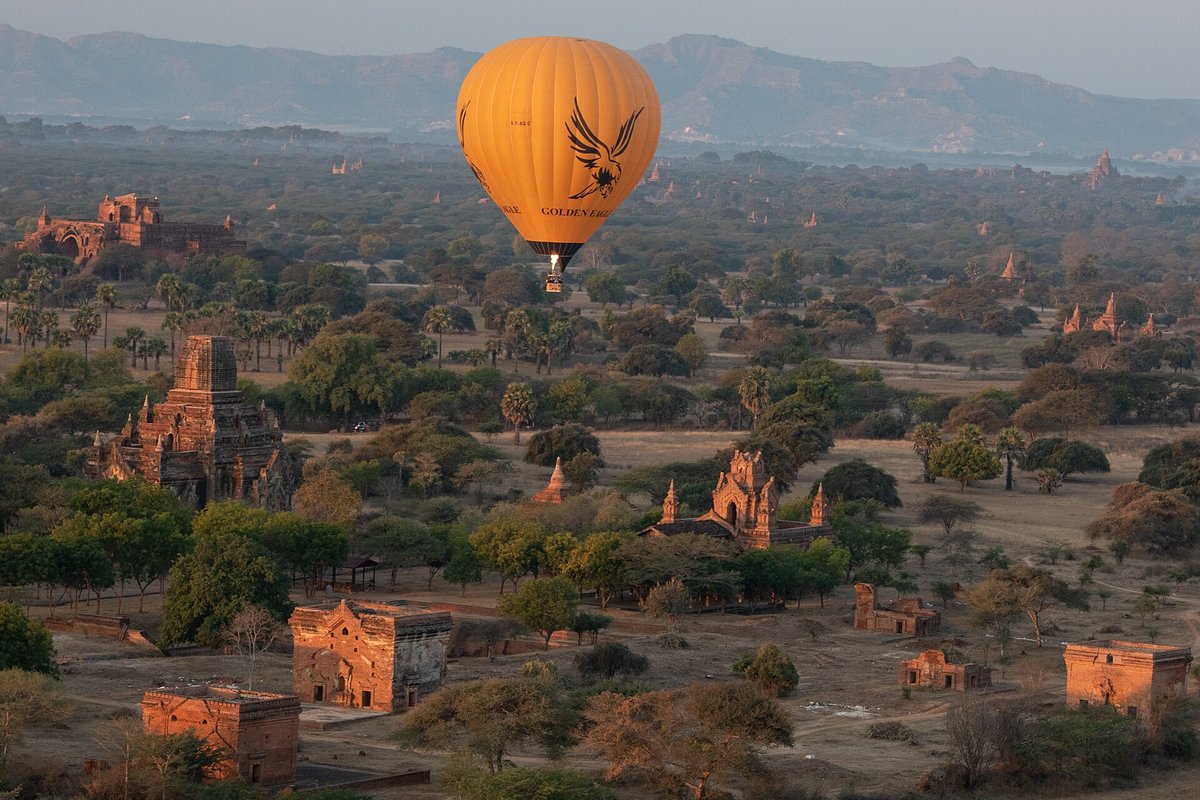
Fig. 1 Photo off Bagan in North Myanmar, from a balloon
The country was several times occupied by its neighbors from Siam (current Thailand) and had an important role on the Maritime silk route between East and West. Ships were unloaded in Burmese ports from where merchandise was transported to Siam and China. This was done to prevent the trading ships from lying idle for months, to a lack of wind, in the Strait of Malacca or, worse, being robbed by pirates.
Where trade exists, money/coins are needed. Also in the trade between Southeast Asian's trading ports of China, India, Malacca and Burma itself... our Burmese ports played a role. All of this trade is the starting point of this book.
Where trade exists, money/coins are needed. Also in the trade between Southeast Asian's trading ports of China, India, Malacca and Burma itself... our Burmese ports played a role. All of this trade is the starting point of this book.
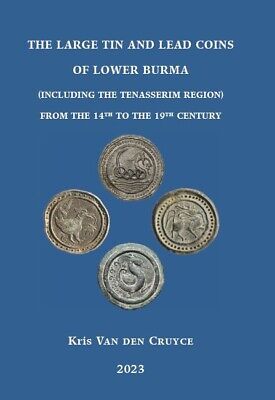
Fig. 2 The large tin and lead coins of lower Burma
2023, hardcover, 169 pages
About 5 years ago I acquired the collection tin and lead coins from a Dutchman who traveled for 20 years to Burma. The coins had a diameter between 6 and 8 cm, weighing up to 450 grams. A number of the acquired pieces was not in M. Robinson's book from 1986. So a new book, The large tin and lead coins of lower Burma, was born. (Fig. 2) During the writing I got into contact with Jim Potter who is doing research on the region's history and traveled over the landroutes the traders used to follow centuries ago. His articles were very inspiring and confirmed what we suspected of the region when studying its coins. Also he published a book, Tanintharyi Yazawin: the Chronicles of Tenasserim, one can find on amazon (https://www.amazon.com/Tanintharyi-Yazawin-ChroniclesGyiSein/dp/B0BW2SL84Z/ref=sr_1_1?crid=1RFIDFJNMH2F7&keywords=U+gyi+sein&qid=1678072326&sprefix=u+gyi+se%2Caps%2C581&sr=8-1). Two books at the same moment: one focusing on coins and another on the region's history. Coincidence?
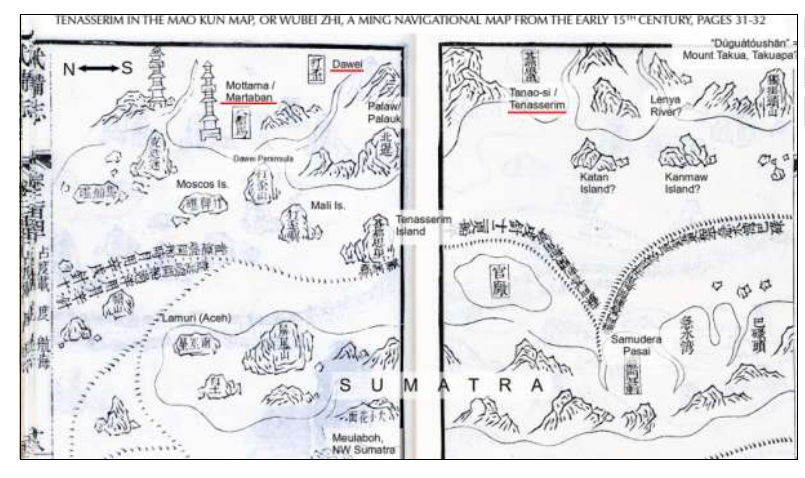
Fig. 3 As you can see above, in the 15th century cities like Martaban,
Dawei and Tavoy were already documented on the Mao Kun map.
Meaning trade between China and some Burmese cities was already taking place at that time.
Already in the 16th century there was a strong Portuguese presence in cities like Pegu, Mergui, ... Mergui was a melting pot with traders, refugees, priests, ... from India, Persia, Armenia, Arabic,various European nations, ... and China. The latter were present as traders in most, if not all, Burmese ports long before Europeans.
As you can see above, already in the 15th century cities like Martaban, Dawei and Tavoy were documented on the Mao Kun map. Meaning trade between China and some Burmese cities was already taking place at that time.
As I wrote, where there is trade: coins are needed. The more than 250 fascinating coins included in the study, some weighing up to 525 grams, were in my opinion used between the 14th and 19th century. The coin included herunder is an example dated 1399 or 1400 CE. (Fig. 4)
As you can see above, already in the 15th century cities like Martaban, Dawei and Tavoy were documented on the Mao Kun map. Meaning trade between China and some Burmese cities was already taking place at that time.
As I wrote, where there is trade: coins are needed. The more than 250 fascinating coins included in the study, some weighing up to 525 grams, were in my opinion used between the 14th and 19th century. The coin included herunder is an example dated 1399 or 1400 CE. (Fig. 4)
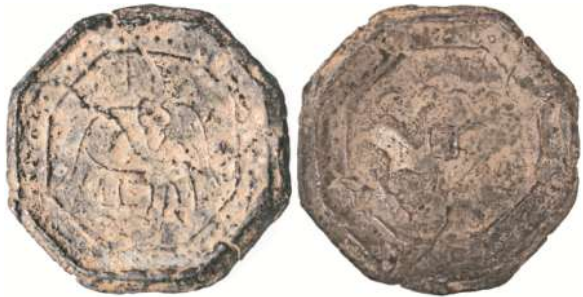
Fig. 4 Nbr VC_100.1.1
We can read the date of 761 ME (=1399/1400 CE) in mirror script on the 3rd row on the reverse
It is unclear if this date reflects the year the coin was casted or points to an earlier event in history. However, the existence of these coins in the 14th century is not impossible since the Mao Kun map from the 15th century mentions some cities from Lower Burma.
Amongst the oldest coins casted, are a series of very rare octagonal pieces showing Chinese characters on the obverse and a square on the reverse. The latter refers to the square hole in the cash coins. From a report written in 1581 by Caeser Fredericke, merchant in Venice,we know that "...It is not the money of the King, but every man may stampe it that will ...". So these were most likely casted by Chinese traders. Here is such an example. (Fig. 5)
Amongst the oldest coins casted, are a series of very rare octagonal pieces showing Chinese characters on the obverse and a square on the reverse. The latter refers to the square hole in the cash coins. From a report written in 1581 by Caeser Fredericke, merchant in Venice,we know that "...It is not the money of the King, but every man may stampe it that will ...". So these were most likely casted by Chinese traders. Here is such an example. (Fig. 5)
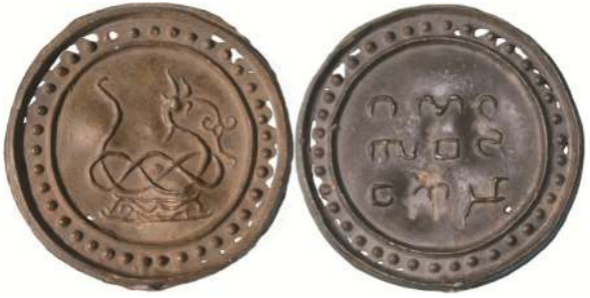
Fig. 5 Nbr VC_600.2.1
Chinese characters 豐民 is above the elephant, and there is a
square on the reverse
The early pieces of this group are octagonal, the more recent pieces are round in shape - also having a square on the reverse. (Fig. 6) These could also be casted by Governers of Chinese origin.

Fig. 6 NbrVC_621.1.1
We can see the square on the reverse,
and the obverse portraits a Naga (serpent)
These large tin and lead coins were used in trade for several hundreds of years, not for daily transactions since barter was the standard for common goods. Taxes, up to 10% at some ports in time, had to be paid when importing and transporting goods to Siam and China. It is unknown if these coins had other purposes or were used outside Lower Burma but recently 30 of them werefound in an old Assamese trading port. (Fig. 7)
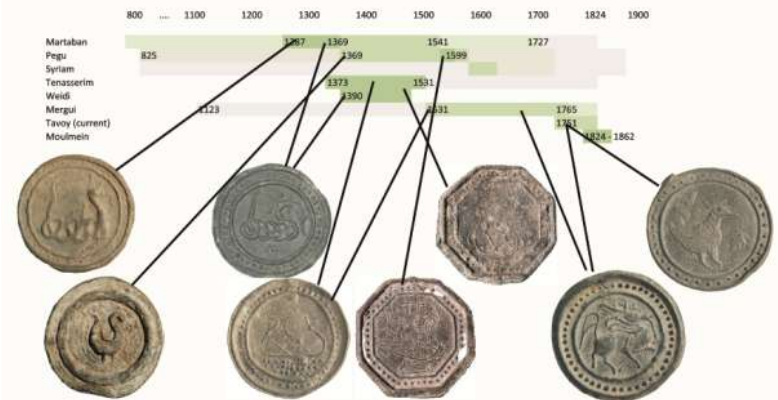
Fig. 7 Part of 30 tin and lead coins
From a chronological perspective we can order the coins as follows in time ...
The coins were rarely auctioned until a few years ago. Recently many pieces are auctioned from several older collections. Some of them reached high prices , attracting new sellers to offer their collections. I assume that many more will come to surface in the near future.
All of this supplemented with archeological and historical findings from the past twenty years by Prof. Elizabeth Moore and Jim Potter, who is currently sifting through the Portuguese archives. An exceptional story is being written.
The coins were rarely auctioned until a few years ago. Recently many pieces are auctioned from several older collections. Some of them reached high prices , attracting new sellers to offer their collections. I assume that many more will come to surface in the near future.
All of this supplemented with archeological and historical findings from the past twenty years by Prof. Elizabeth Moore and Jim Potter, who is currently sifting through the Portuguese archives. An exceptional story is being written.
